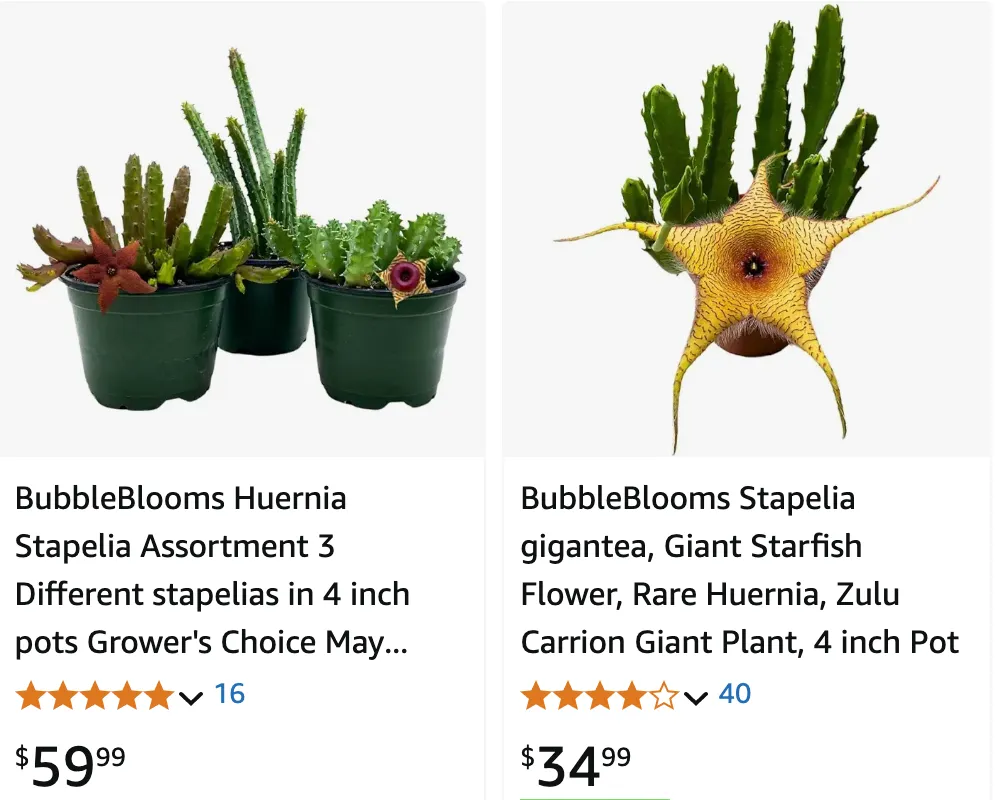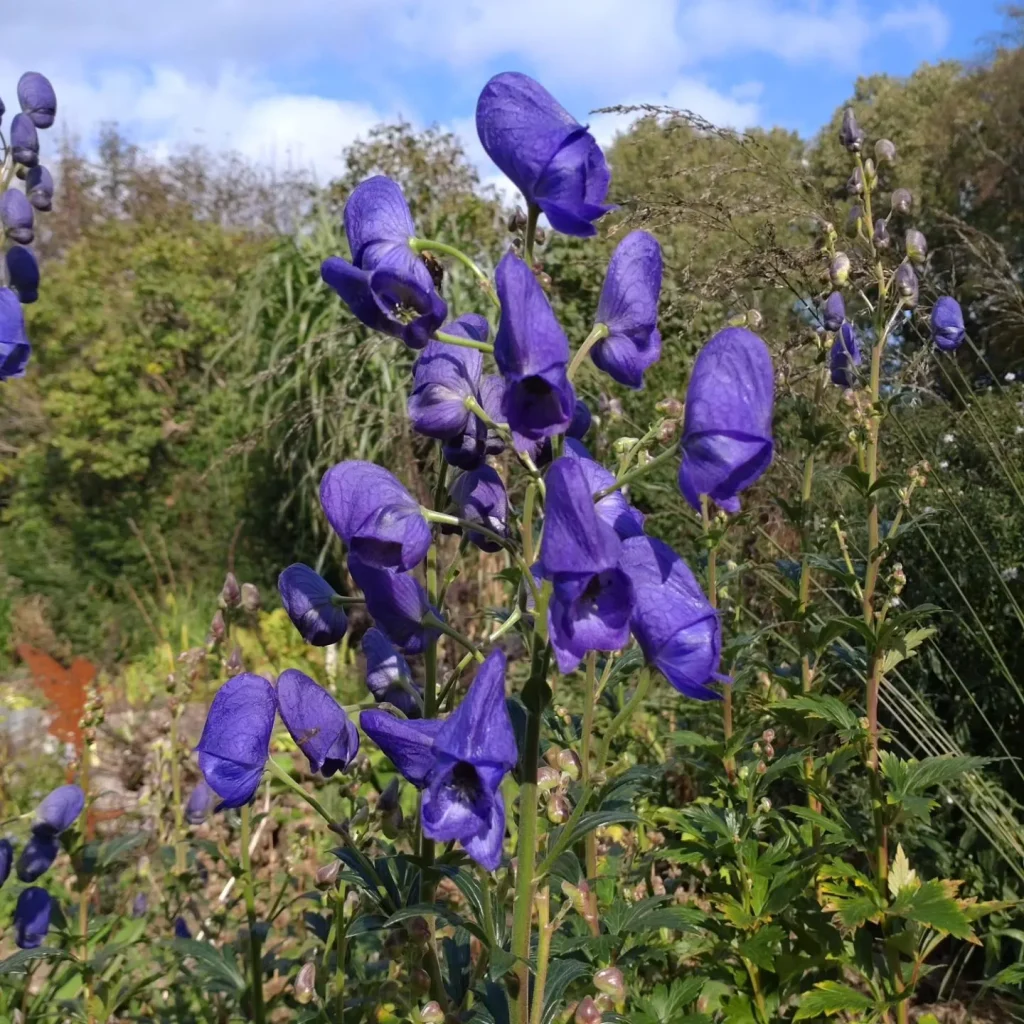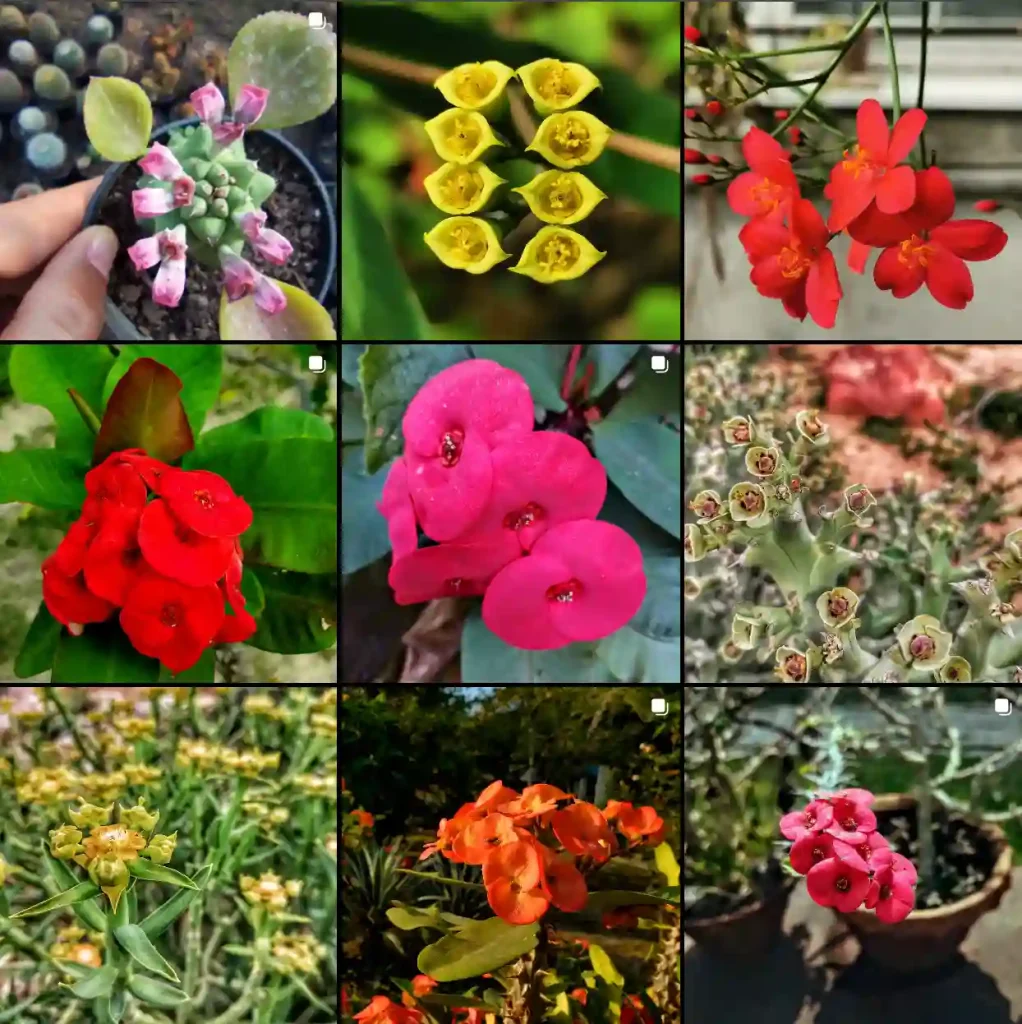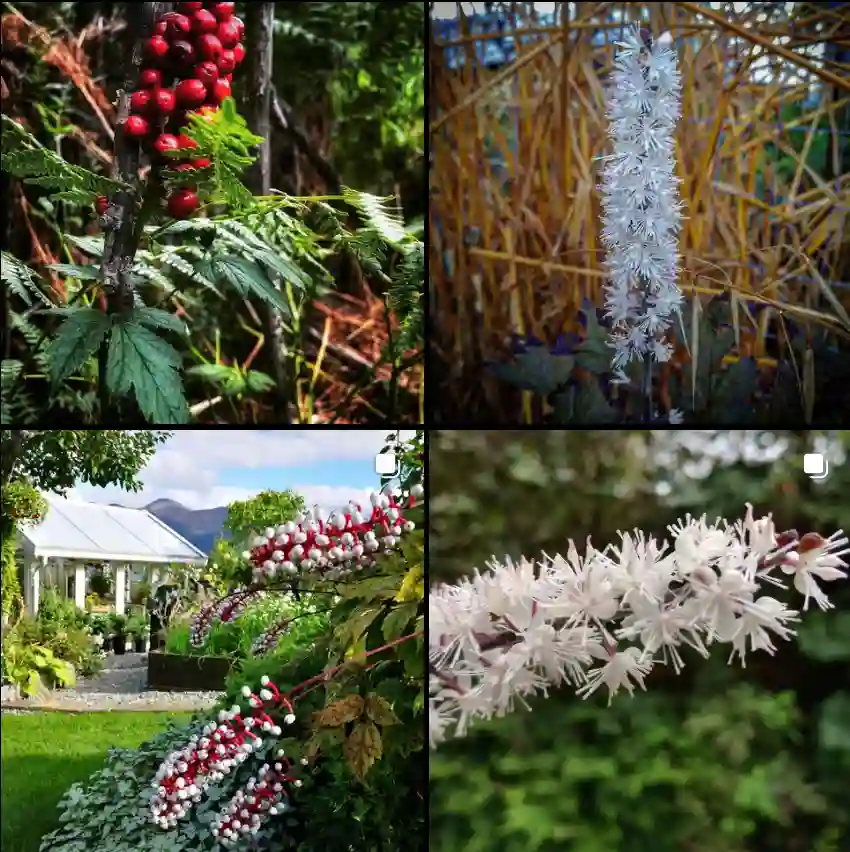
February 24 – Stapelia
"Stapelia, the starfish flower, represents February 24."
Known for its unique blooms, Stapelia symbolizes individuality and intrigue. You are unafraid to stand out and embrace your true self.
The Strange Allure of Stapelia: A Personal Exploration
My name is Ferb Vu, and I’ve always been drawn to the unusual. While most people fill their gardens with roses and lilies, I prefer the company of succulents, especially the strange and wonderful genus Stapelia from the Apocynaceae family. These plants, with their bizarre, often off-putting flowers, have captivated me for years.
Stapelia are stem succulents, mostly hailing from South Africa. They lack spines, instead showcasing fleshy, often angular stems. But it’s the flowers that truly steal the show. These blooms are unlike anything else in the plant kingdom. Large, star-shaped, and often covered in hairs, they come in a variety of colors, from deep reds and purples to vibrant yellows.
But there’s a catch. These beauties come with a cost: a pungent, often nauseating odor. It’s this scent, reminiscent of rotting meat, that has earned them the nickname “carrion flowers.”
Why the Smell?
You might wonder why any plant would evolve to smell like something dead. The answer lies in their pollination strategy. Stapelia rely on flies for pollination, and what better way to attract flies than to mimic the smell of their favorite food source? The flowers even go so far as to visually resemble decaying flesh, with their textured surfaces and sometimes mottled coloration. It’s a gruesomely brilliant tactic, and one that I find endlessly fascinating.
A Diverse Genus
The genus Stapelia encompasses a diverse array of species, each with its own unique characteristics:
- Stapelia gigantea: This species boasts the largest flowers in the genus, reaching up to 16 inches in diameter. Its blooms are a pale yellow, often with reddish stripes, and are covered in fine hairs. Plant FAQs: Stapelia Gigantea
- Stapelia grandiflora: Another large-flowered species, S. grandiflora has deep purple, velvety flowers that can reach up to 8 inches across. Plant FAQs: Stapelia Grandiflora – Carrion Plant – Starfish Flower
- Stapelia hirsuta: As its name suggests, this species is characterized by its hairy flowers. The blooms are typically dark red or purple and are covered in long, white hairs.
- Stapelia acuminata Masson
- Stapelia arenosa C.A.Lückh.
- Stapelia asterias Masson
- Stapelia cedrimontana Frandsen
- Stapelia clavicorona I.Verd.
- Stapelia concinna Masson
- Stapelia divaricata Masson
- Stapelia engleriana Schltr.
- Stapelia erectiflora N.E.Br.
- Stapelia flavopurpurea Marloth
- Stapelia gettliffei R.Pott
- Stapelia glanduliflora Masson
- Stapelia kwebensis N.E.Br.
- Stapelia leendertziae N.E.Br.
- Stapelia × meintjiesii I.Verd.
- Stapelia obducta L.C.Leach
- Stapelia olivacea N.E.Br.
- Stapelia paniculata Willd.
- Stapelia parvula Kers
- Stapelia pearsonii N.E.Br.
- Stapelia pillansii N.E.Br.
- Stapelia remota R.A.Dyer
- Stapelia rubiginosa Nel
- Stapelia rufa Masson
- Stapelia schinzii A.Berger & Schltr.
- Stapelia similis N.E.Br.
- Stapelia surrecta N.E.Br.
- Stapelia unicornis C.A.Lückh.
- Stapelia villetiae C.A.Lückh.
More Than Just a Stink
Despite their unpleasant odor, I find Stapelia to be incredibly beautiful and intriguing plants. Their unique adaptations and striking flowers make them a standout in any succulent collection. And while the smell can be off-putting, it’s a small price to pay for the opportunity to observe these botanical marvels up close.
Beyond their aesthetic appeal, Stapelia are also relatively easy to care for. They thrive in well-drained soil and plenty of sunlight. They are drought-tolerant and require minimal watering, making them ideal for those who tend to forget to water their plants (like myself!).
A Growing Fascination
My fascination with Stapelia has only grown over time. I’ve spent countless hours researching these plants, learning about their biology, and cultivating my own collection. I’m constantly amazed by their diversity and resilience.
In the future, I hope to expand my collection to include even more species of Stapelia. I’m also interested in learning more about their pollination biology and the role they play in their native ecosystems.
If you’re looking for a plant that is both beautiful and bizarre, I highly recommend giving Stapelia a try. Just be prepared for the smell!
If i die, water my plants!



